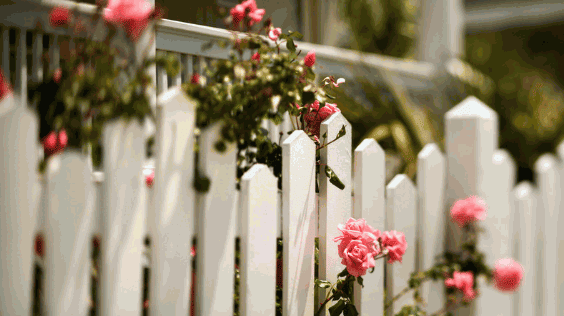
In this comprehensive guide, we will delve into the practical aspects of installing a small garden fence. Whether you're looking to add a decorative touch to your garden, define boundaries, or keep out unwanted pests, a small garden fence can be a versatile and functional addition to any outdoor space.
We'll explore the different types of small garden fences, the materials needed for installation, and the step-by-step process to successfully put up your own fence. By the end of this article, you'll have all the knowledge and confidence to tackle this DIY project and enhance the beauty and functionality of your garden.
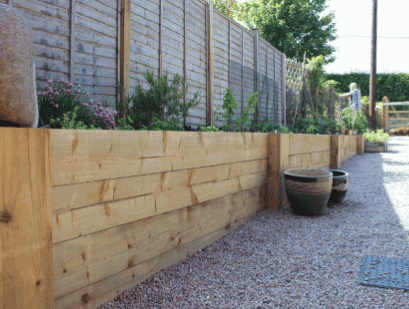
Why Install A Small Garden Fence?
Table of Contents
Installing a small garden fence can provide several benefits, including enhancing the aesthetics of the garden, creating a boundary for the property, and adding privacy and security to the outdoor space.
The addition of a carefully selected garden fence can complement the overall landscaping, presenting a charming and well-defined space for plants and flowers to thrive. Not only does it contribute to the visual appeal, but it also acts as a clear demarcation, preventing trespassing and unwanted intrusion.
The privacy aspect of the fence allows for a more intimate and peaceful environment, perfect for unwinding in your backyard without feeling exposed.
Dig Deeper: How Much To Install Fence Around House
What Are The Different Types Of Small Garden Fences?
Small garden fences come in various types, such as picket, wire, vinyl, and bamboo, each offering unique decorative and functional aspects to define the boundary and perimeter of the property.
Picket fences add a charming and traditional aesthetic to gardens, wire fences provide a minimalist and open feel, while vinyl fences offer low-maintenance durability. Bamboo fences, on the other hand, exude a tropical and eco-friendly vibe. These different types not only enhance the visual appeal of the garden but also serve the essential function of demarcating the property's edge, providing privacy, and keeping out unwanted wildlife. Creative implementation of these fences can transform a mundane garden into a captivating outdoor sanctuary.
Picket Fences
Picket fences for small gardens are charming and versatile, adding a decorative touch while effectively demarcating the property boundary with a classic wooden appeal.
These fences are particularly well-suited for smaller outdoor spaces, as they create a visually appealing barrier without overwhelming the area. Their simple, yet elegant design complements various garden styles, from traditional to contemporary. The wooden composition exudes a timeless and natural aesthetic, blending seamlessly with the surrounding greenery.
By defining the property boundary, picket fences not only enhance the visual appeal of the garden but also provide a sense of privacy and security. Their low-maintenance nature makes them a practical and enduring choice for small garden spaces.
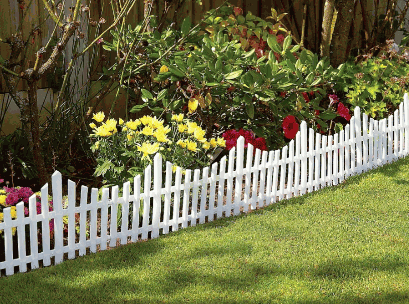
Wire Fences
Wire fences are a practical choice for small gardens, offering functional security and defining the perimeter with their durable metal construction.
Their metal composition, often made from galvanized steel or aluminum, provides both strength and durability, ensuring long-lasting protection for the garden. These fences also come with security features such as barbed wire or anti-climb barriers, adding an extra layer of protection against intruders.
Wire fences contribute to the aesthetics of the garden by creating a clean and tidy boundary, enhancing the overall look of the outdoor space.
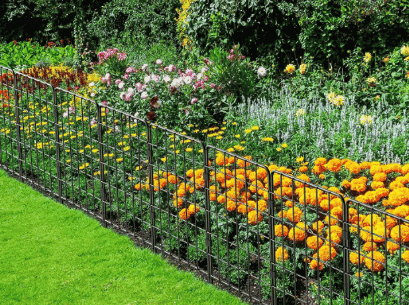
Vinyl Fences
Vinyl fences for small gardens are a low-maintenance option that enhances the aesthetics of the outdoor space while providing privacy and security.
Their durability and resistance to weather make them ideal for small garden enclosures, requiring minimal upkeep for a pristine look. With various styles and colors available, vinyl fences can complement the garden's design. Their height and structure effectively shield the garden from prying eyes, ensuring a secluded and tranquil outdoor environment.
Whether it's for creating a cozy retreat or preserving a peaceful atmosphere, these fences cater to the aesthetic and privacy needs of small garden owners.
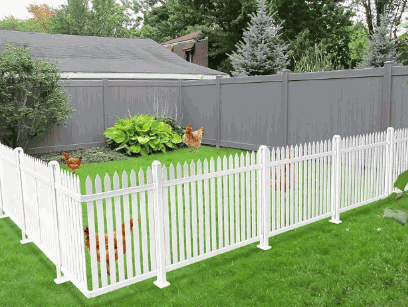
Bamboo Fences
Bamboo fences offer a natural and eco-friendly option for small gardens, creating a boundary that harmonizes with the outdoor environment and enhances the property's appeal.
The use of bamboo fences not only adds a touch of serenity to the garden but also contributes to a sustainable lifestyle. These fences blend seamlessly with the natural surroundings, providing a tranquil and peaceful atmosphere. Bamboo is known for its resilience and longevity, making it a practical and durable choice for garden boundaries.
The natural aesthetics of bamboo fences can transform an ordinary garden into a serene oasis, adding to the overall charm and beauty of the property.
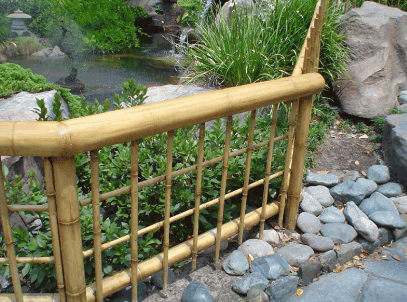
What Materials Do You Need To Install A Small Garden Fence?
To install a small garden fence, you will need:
- Fence panels or posts
- Nails or screws
- A hammer or screwdriver
Along with the necessary tools for measurements and leveling.
The fence panels or posts form the backbone of the structure, providing the framework for the fence. Nails or screws are essential for securing the panels or posts, ensuring stability and durability. A hammer or screwdriver is used to drive the nails or screws into place. A measuring tape is crucial for accurately determining the dimensions of the fence, while a level helps ensure that the fence is straight and properly aligned. With these materials and tools, you can begin the process of creating a charming and functional garden enclosure.
Fence Panels Or Posts
The selection of fence panels or posts is crucial for a small garden fence, with options including wood, metal, and vinyl to suit different preferences and functional requirements. Wood fence panels offer a natural and traditional look, while metal panels provide a more sleek and modern aesthetic. Vinyl panels, on the other hand, are known for their low maintenance and durability.
Each material has its own set of advantages and limitations, so it's important to consider factors such as weather resistance, maintenance needs, and overall design compatibility when choosing the right fence panels or posts for your small garden fence.
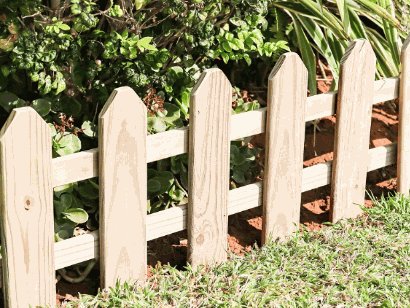
Nails Or Screws
Nails or screws serve as essential fasteners for securing fence panels or posts during the installation process, with specific types designed for different materials such as wood, metal, or vinyl.
They play a crucial role in providing stability and strength to the fence structure. For wood fences, galvanized or stainless steel nails are preferred to prevent corrosion, while screws with special coating or self-drilling features are more suitable for metal or vinyl fences.
The type of head, such as flat or countersunk, impacts the aesthetic appearance of the fence. It is important to carefully select the appropriate nails or screws to ensure the integrity and longevity of the garden fence.
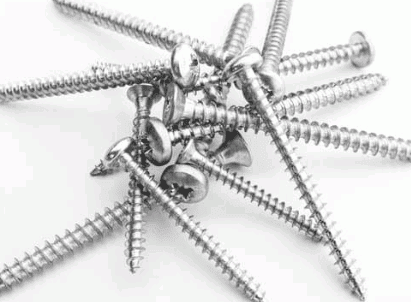
Hammer Or Screwdriver
A hammer and screwdriver are indispensable tools for the installation and assembly of a small garden fence, facilitating the fastening and securing of components during the process.
These essential tools play pivotal roles in assembling the fence panels and posts. The hammer is used to drive the nails or screws into place, securing the panels firmly to the posts. Meanwhile, the screwdriver ensures a tight and secure fit, enabling the brackets and hinges to be fastened securely. The screwdriver assists in adjusting and tightening any loose screws, ensuring the stability and durability of the fence. Without these tools, the installation process would be challenging and the fence would lack the necessary structural integrity.
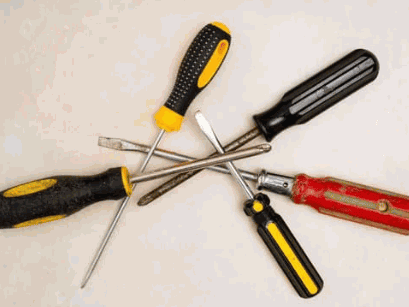
Measuring Tape
A measuring tape is essential for accurate measurements and leveling during the installation of a small garden fence, ensuring precision and alignment of fence components.
It allows the installer to confirm the appropriate distance between posts, ensuring consistent spacing and a visually appealing end result. When leveling the fence panels, the measuring tape assists in maintaining a uniform height, preventing any irregularities that could affect the fence's structural integrity.
The measuring tape aids in verifying the straightness and alignment of the fence, contributing to a professional and polished appearance for the garden landscape.
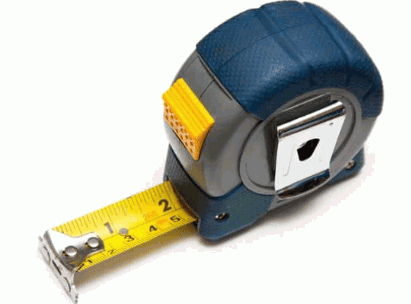
Level
A level is a critical tool for maintaining accuracy and alignment during the installation of a small garden fence, ensuring that the fence components are properly positioned and balanced.
It guarantees that the fence panels are installed at a uniform height, preventing uneven gaps or slanted appearances. By using a level, you can also ensure that the posts are perfectly vertical, enhancing the fence's stability and overall visual appeal.
The level helps in adjusting the position of gates and latches, ensuring smooth functionality and a cohesive look throughout the fence structure. The level plays a pivotal role in achieving a professional and aesthetically pleasing small garden fence installation.
What Are The Steps To Install A Small Garden Fence?
Installing a small garden fence involves several key steps, including:
- Measuring and marking the fence line.
- Digging holes for fence posts.
- Securing the fence panels with precision and care.
Once the fence line is marked, it's essential to use a post-hole digger or an auger to dig holes at equal intervals for the fence posts. These holes should be deep enough to accommodate one-third of the length of the posts to ensure stability. When setting the posts, it's crucial to check for alignment and use a level to ensure vertical positioning. Anchoring the posts with concrete or gravel mix can provide the necessary support for the fence, thereby enhancing its durability and strength.
Measure And Mark The Fence Line
The initial step in installing a small garden fence is to accurately measure and mark the fence line, ensuring proper alignment and leveling to define the property perimeter.
This process is crucial for determining the exact boundaries of the garden area, creating a clear separation between the interior of the garden and the surrounding space. Accurate measurements and markings also play a key role in ensuring that the fence is installed in a straight line, preventing any inconsistencies or unevenness.
A well-marked fence line provides a visual guide for the installation process, aiding in the seamless positioning of fence posts and panels. The precision of this step greatly contributes to the overall quality and functionality of the garden fence.
Dig Holes For Fence Posts
Digging holes for the fence posts is a critical step in ensuring the stability and anchoring of the small garden fence, requiring proper depth and precision for secure installation.
The depth of the holes should be at least one-third of the total length of the fence post to provide adequate support, typically around 24 inches. Compact the soil at the bottom of each hole to create a stable base. After inserting the posts, backfill the holes with a concrete mix or firmly packed soil to ensure the posts are anchored securely. This process is essential for withstanding various weather conditions and maintaining the fence's stability over time.
Install Fence Posts
The installation of fence posts is a crucial stage in establishing the structural foundation and support for the small garden fence, involving careful positioning and leveling for stability.
Ensuring that the fence posts are positioned at consistent intervals is essential to create a uniform and aesthetically pleasing appearance for the fence. Properly leveled fence posts are crucial for the overall stability and integrity of the structure, providing a solid base for the fence panels to be attached.
The depth at which the posts are buried directly impacts their ability to withstand environmental pressures and maintain their position over time. Taking these factors into account during installation is fundamental for the long-term durability and effectiveness of the small garden fence.
Attach Fence Panels
Attaching the fence panels forms a pivotal part of the small garden fence installation, requiring precise assembly and alignment for a cohesive and functional structure.
The process starts by preparing the ground for the fence posts, ensuring they are evenly spaced and securely set. Once the posts are in place, the panels can be attached, taking care to line them up properly to maintain a seamless appearance. Using a level to ensure vertical alignment, the panels are then fastened to the posts, creating a sturdy and visually appealing fence.
Proper installation techniques like using durable hardware and checking for levelness at each step contribute to a long-lasting and effective garden fence.
Secure The Fence Panels
Securing the fence panels is essential for ensuring the stability, durability, and longevity of the small garden fence, requiring meticulous fastening and anchoring techniques.
This can be achieved through various methods such as using sturdy screws and brackets to firmly attach the panels to the posts. Installing horizontal stabilizers or diagonal braces can help distribute the weight and prevent leaning or sagging. Ensuring the panels are anchored deep into the ground using concrete anchors or post spikes will further enhance the fence's stability and durability, providing a secure barrier for your garden while withstanding various weather conditions.
Add Finishing Touches
Adding the finishing touches to the small garden fence enhances its aesthetics and contributes to property enhancement, allowing for personalization and decorative elements.
It is important to consider the color scheme and material selection for the finishing touches, as they can complement the overall theme of the garden and tie together the surrounding landscape. Incorporating decorative elements such as trellises, ornamental accents, and climbing plants can add visual interest and charm. Utilizing lighting fixtures along the fence can create a cozy and inviting atmosphere during evening hours, further enhancing the overall appeal of the property.
These finishing touches serve not only aesthetic purposes but also contribute to the functionality and character of the small garden space.